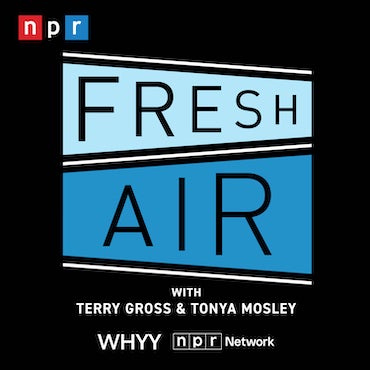NIZ v. CRIZ
One in a series explaining key terms and concepts of Pennsylvania government. Today’s topic: the City Revitalization & Improvement Zone, part six of six.
Seeking a better understanding of Pennsylvania’s issues and proposed solutions? Sometimes, complicated jargon and concepts can get in the way. That’s why we started Explainers, a series that tries to lay out key facts, clarify concepts and demystify jargon. Today’s topic: City Revitalization & Improvement Zone, part six of six.
The CRIZ is, as one blogger put it, “NIZ’s stepbrother.” What are the main differences between them?
The Allentown authority running its zone is paying for the arena construction using state and local non-property tax revenue. In 2013, about $22 million of that money came from businesses that existed before the state created the zone. That means tax dollars that were already being paid to the state are now helping to fund Allentown’s revitalization. The zone also incentivizes developers to build by allowing them to reinvest taxes generated by their projects. But those developers can only use money that’s been generated by their own tenants.
In a CRIZ, state and local tax revenues are calculated after the zone is established. Only future revenues above that baseline are eligible for project financing or reinvestment in the zone. State and local taxing districts continue to receive the same amount of revenue as before.
Parties ultimately responsible for the debt are different
In Allentown, taxpayers aren’t on the hook for the NIZ debt. If the NIZ doesn’t generate enough taxes to repay the arena debt, bondholders lose out. Developers of other projects in the NIZ would take the hit if revenues fall short.
In CRIZ communities, it depends. If tax revenues aren’t enough to cover debt repayments, liability falls to: Taxpayers if:
The CRIZ contract authority issues bonds to finance a project without a guarantee from the developer.
AND:
The state and bondholders aren’t repaid in full by the end of the repayment term, which could last decades. The state is included because it has pledged to step in if CRIZ revenues aren’t enough to make repayments.
Developers if they:
Borrow directly.
OR
Guarantee bonds issued by the contracting authority.
The NIZ is limited to Allentown; the CRIZ is open to multiple places
Legislation doesn’t name Allentown. It says only a first-class city home to between 106,000 and 107,000 people can get a NIZ , and Allentown was the only such city in the Commonwealth when the law was passed in 2009. The next U.S. Census was in 2010, and found city’s population had increased to 118,000. Amendments in 2011 and 2012 didn’t change the population requirement.
Eighteen cities are eligible for the two additional CRIZ designations planned currently. More than 350 townships and boroughs qualify for two planned pilot zones.
Private investment requirements are different
In Allentown’s NIZ, private developers don’t have to put up their own cash.
But state law requires a match of at least 20 percent in a CRIZ. Contracting authorities can set a higher minimum, if desired.
Late filing fees are different
Businesses in both types of zones have to file extra tax paperwork. If they’re late, they pay fines that go to state coffers.
In Allentown, the fine is 10 percent of the prior year’s taxes.
In a CRIZ, it’s 10 percent of the prior year’s taxes or $1,000, whichever is less.
Did this article answer all your questions about the City Revitalization & Improvement Zone? If not, you can reach Emily Previti via email at emily_previti@witf.org or through social media @emily_previti. Have a topic on which you’d like us to do an Explainer? Let us know in the comment section below, or on Twitter @PaCrossroads.
WHYY is your source for fact-based, in-depth journalism and information. As a nonprofit organization, we rely on financial support from readers like you. Please give today.



